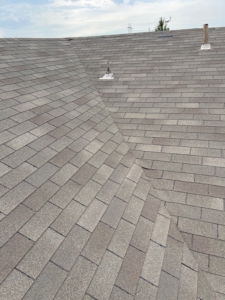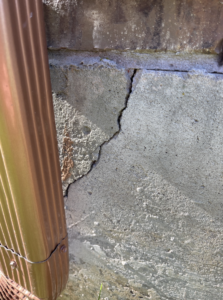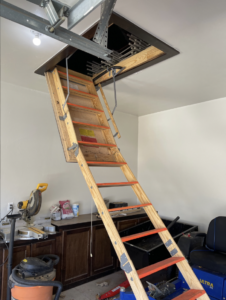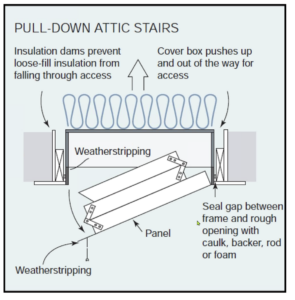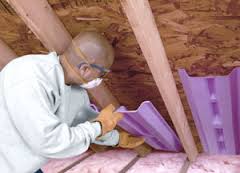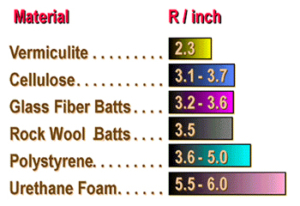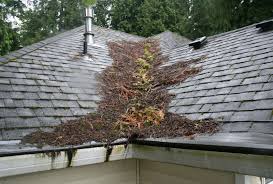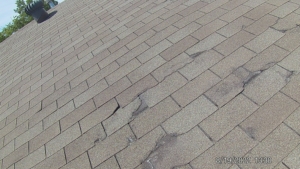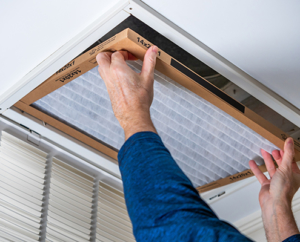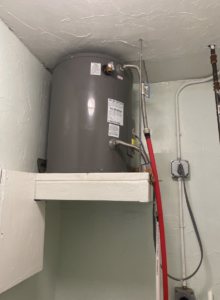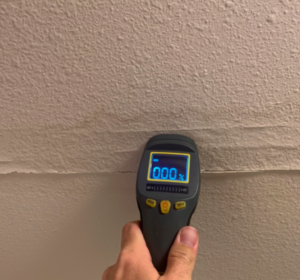Roof Vents
Roof Covering
Homeowners don’t generally want to climb on their roofs to check roof vents and its general condition unless they’ve experienced a major storm or other issue that prompts them to investigate. This is smart because, as untrained non-professionals, homeowners are at greater risk for accidents and injuries than pros.
But it’s useful for homeowners to know what they’re likely to find if they do climb their roof. We recommend having someone else climb it, such as an insurance adjuster or a home inspector. This should provide some idea of what components are there and what they do, as well as when those components are damaged and creating problems down below.
The proper term for anything that pokes out of the surface of the roof is known as a roof penetration. Whether it’s a chimney, skylight or vent pipe, it falls under that category. There are important elements related to the installation of all roof penetrations that prevent their premature deterioration. This is to ensure your roof and the structure under it stay dry and problem-free.
Vents Types
The most common type of roof penetration are vents. Every home has them. Vents are installed to expel gas or moisture of some sort from an appliance or area inside the house. Vents are also called flues.
Here are the most common types and their functions:
- Exhaust vents or mechanical ventilation allow the escape of damp air and odors from a bathroom, clothes dryer, and from the range above a stove in order to prevent the buildup of condensation.
- Each plumbing drainpipe in the home is connected to a plumbing stack vent. This ensures the appliance’s proper drainage by preventing back-siphoning, which can pull noxious vapors and sewer gases back into the home. One important aspect of their installation is that they should not be located with 3 feet of an openable window so that these gases don’t get sucked back into the home.
- Vents installed in the attic space are known as roof vents or turtle vents. They release hot air that can build up inside the attic as a result of heat rising from the living space below. Venting this hot air is important to prevent the premature deterioration of the roofing materials. This can overheat and lose adhesion or delaminate shingles. It can also form condensation which can also affect wooden structural members and insulation.
- Combustion vents are installed for fuel-burning appliances, such as a furnace, boiler, water heater, gas range, fireplace—any appliance that burns fuel for its operation, such as gas, propane, oil, wood, etc. They exhaust the toxic byproducts of combustion to the outdoors.
Vent Material
Vents can be made of galvanized steel, such as a dryer vent. PVC is appropriate to use as plumbing stack vents, depending on the appliance. Some vents may have caps or hoods to prevent rainwater from entering them such as a dryer vent. There are also vent-like roof penetrations that are actually air intakes, such as for a furnace, which aid proper combustion.
Vents can be double-walled or single-wall, depending on their purpose. Combustion vents tend to be double-walled. Some vents serve multiple items or appliances, but they tend to be of the same type. A vent that serves more than one plumbing fixture needs to be larger in order to move the gas at an appropriate rate.
Problems with Combustion Vents
If installed properly, vents tend to operate problem-free, but poor installation or materials can lead to issues, such as leaks, corrosion, and insufficient ventilation. That’s when the problems can affect the living space and appliances below. The most common issues occur with combustion vents.
To work effectively, a combustion vent has to draw adequately, which is the natural process that moves hot exhaust gases up and out the exhaust flue or vent. Another way to say it is that the vent needs to have a good draft. The effectiveness of the draft is influenced by several factors.
These factors include:
- thermal buoyancy, which is the tendency of hot air to rise. The hotter the gas is, the faster it will rise;
- unrestricted flow, which means that the exhaust flue can’t be too small or have too many bends, since these two things slow the flow; and
- proper length. If a flue is too long, the gases will cool and condensation will form. Condensation can cause corrosion of the sheet metal exhaust flue, as well as the furnace’s components.
Vent Height
An important factor in the quality of the draft is adequate clearance above the roof. This generally means that the vent should follow either the manufacturer’s installation recommendations or the “2-10 Rule” required by most building code regulations for chimney terminations. The 2-10 Rule states that combustion vents should terminate at least 2 feet above any part of the highest part of the roof, including the roof itself, within 10 feet. For example, if a combustion vent is 3 feet away from a dryer vent on a flat roof, the combustion vent should be two feet higher than the dryer vent. If a combustion vent is on the low part of a sloping roof, the vent must be 2 feet higher than the nearest point of the sloped roof that’s within 10 feet. So, if you see a vent that doesn’t meet the 2-10 Rule, a qualified HVAC contractor may need to re-install a vent of the proper height.
White deposits on combustion vents or on the roof below them are evidence that excessive condensation has been forming. Causes include:
- is too long;
- has too many bends; or
- has poorly sloped sections that slow the flow of exhaust gases.
If you see this condition on a roof, you should look for similar white deposits on the combustion appliance served by the vent. Poor venting can cause corrosion that may shorten the lifespan of that appliance.
Flashing for Vents
Flashing keeps moisture and the elements from entering the roof surface down the side of the vent. Different types of vents require flashing that is appropriate for the type of vent installation, as well as of a compatible material so that it doesn’t cause galvanic corrosion or other issues that will cause the vent or flashing to deteriorate prematurely. Flashing should be on top of roof shingles or below stone tiles. A good roofing contractor who specializes in your roof’s material will install it properly.
Of course, a leak in the attic, or any signs of rust or staining on the vent, flashing or roof is a sign of a problem. If you do suspect a problem, your first call should be to your home inspector so that he can investigate it before you call a contractor. Most contractors are honest, but since the contractor has something to sell, and it’s in his best interests to find a problem that he can charge you to fix. Call your InterNACHI home inspector first; it’s his job to find the problem, not fix it
Home Run Inspections, LLC
Oklahoma: 405-905-9175
We Cover All the Bases!
Serving: Oklahoma City, Edmond, Yukon, Piedmont, Bethany, El Reno, Tuttle, Mustang, Moore, Norman, Purcell, Midwest City, Del City, Choctaw, McCloud, Shawnee, Harrah, Newalla, Jones, and more.
Schedule Your Inspections Online at:
Like us on FaceBook
Follow us on Twitter
Follow us on Instagram

